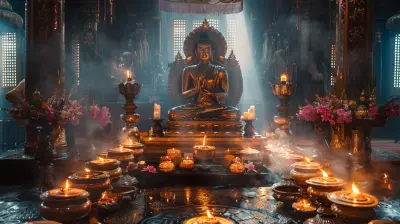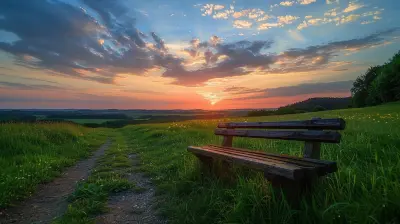The Story of the Great Smoky Mountains: America’s Most-Visited National Park
15 July 2025
Ever wondered what makes the Great Smoky Mountains stand out among America’s stunning natural landscapes? It's not just the mist that rolls over the peaks like a mountain-sized fog machine or the mysterious tales passed down through generations that make it special. The Great Smoky Mountains are more than just a beautiful backdrop for your road trip selfies — they're a living, breathing storybook filled with rich history, vibrant culture, and jaw-dropping biodiversity.
So, buckle up as we take a scenic ride through “The Story of the Great Smoky Mountains: America’s Most-Visited National Park.”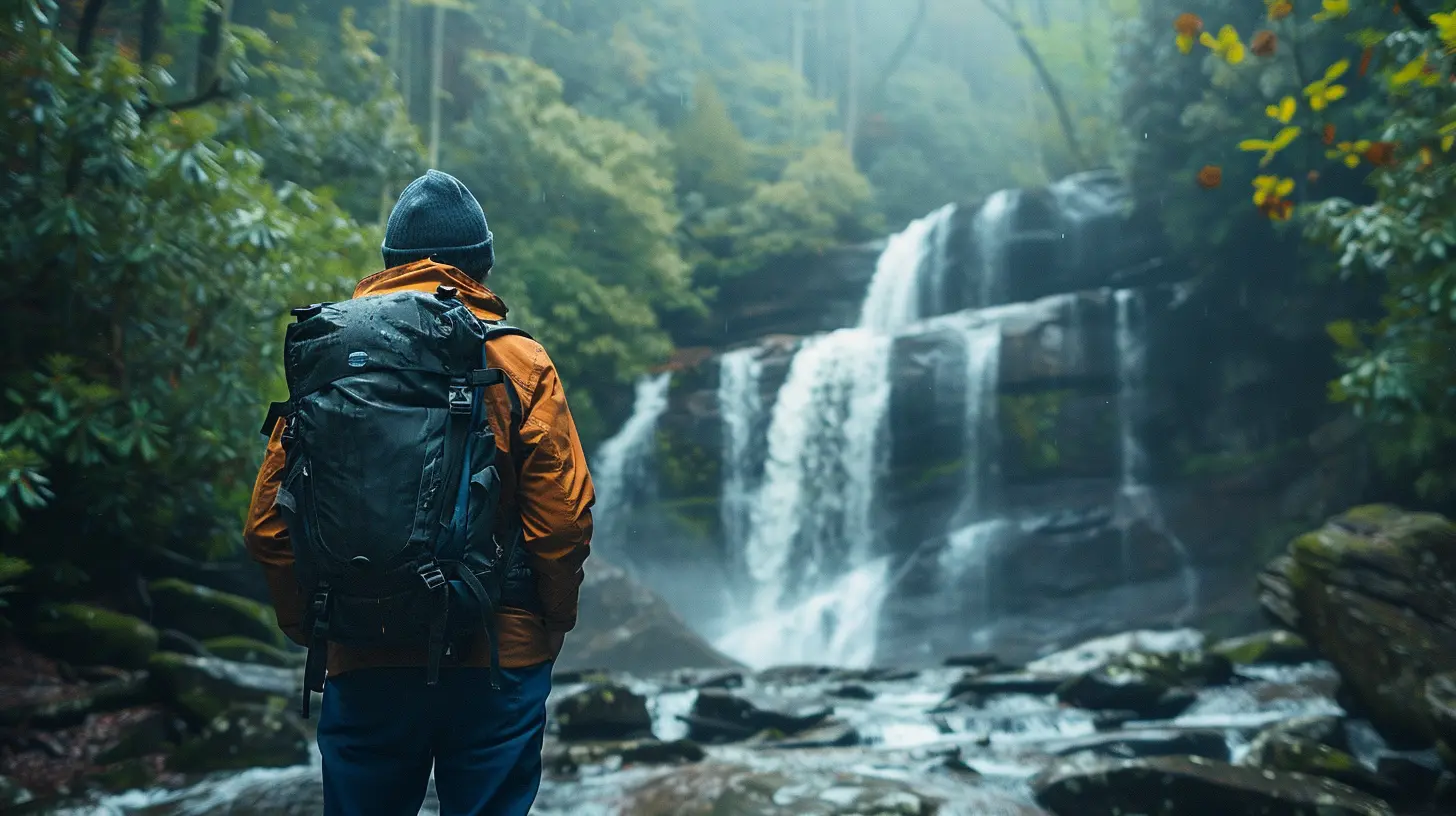
Where Exactly Are the Great Smoky Mountains?
First things first: location. Nestled between Tennessee and North Carolina, the Great Smoky Mountains are part of the larger Appalachian Mountain range. This region is draped in layers of forest so lush, you'd think Mother Nature took extra care in painting every leaf and fern.The park itself spans over 500,000 acres, with two main entrances: one in Gatlinburg, TN, and the other in Cherokee, NC. Whether you're stopping by for a weekend or planning a week-long adventure, access is super convenient — one reason why over 12 million people visit it each year. Yep, you read that right. It’s consistently America’s most-visited national park.
But why? Let’s find out.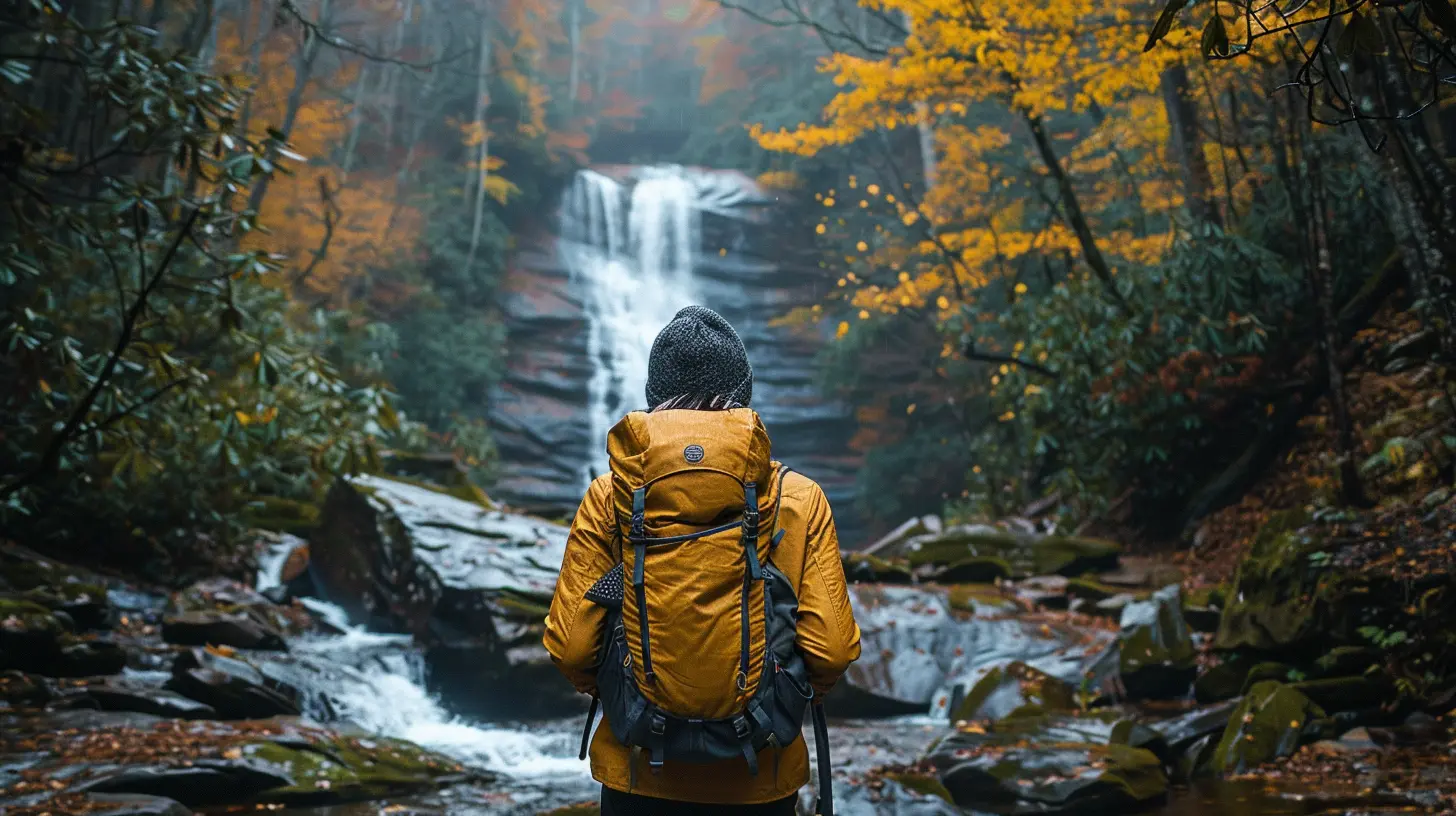
A Peek Into the Past: From Ancient Inhabitants to National Treasure
Indigenous Roots and Early Settlers
Long before tourists came with GoPros and hiking boots, the Great Smoky Mountains were home to the Cherokee people. Their name for the area, "Shaconage" (pronounced Sha-kon-a-hey), translates to “Place of Blue Smoke.” That soft, bluish haze that kisses the treetops? That’s not just poetic talk — it’s a real phenomenon caused by the natural release of volatile organic compounds from the vegetation.Then came European settlers in the 1700s and 1800s. They built log cabins, started farms, and crisscrossed the region with their own stories, traditions, and struggles. For decades, the Smokies were full of tight-knit mountain communities, whose descendants still live nearby today.
The Road to National Park Status
By the early 20th century, industrial logging was taking a massive toll on the forest. Entire mountainsides were stripped bare, and conservationists sounded the alarm bells. A grassroots movement (with a little help from John D. Rockefeller Jr., who donated $5 million) helped purchase land bit by bit. In 1934, the Great Smoky Mountains National Park was officially established.Cool fact: Unlike most national parks, no entrance fee is charged at GSMNP. Why? Because of a pre-existing agreement when the land was handed over to the federal government. Pretty awesome, right?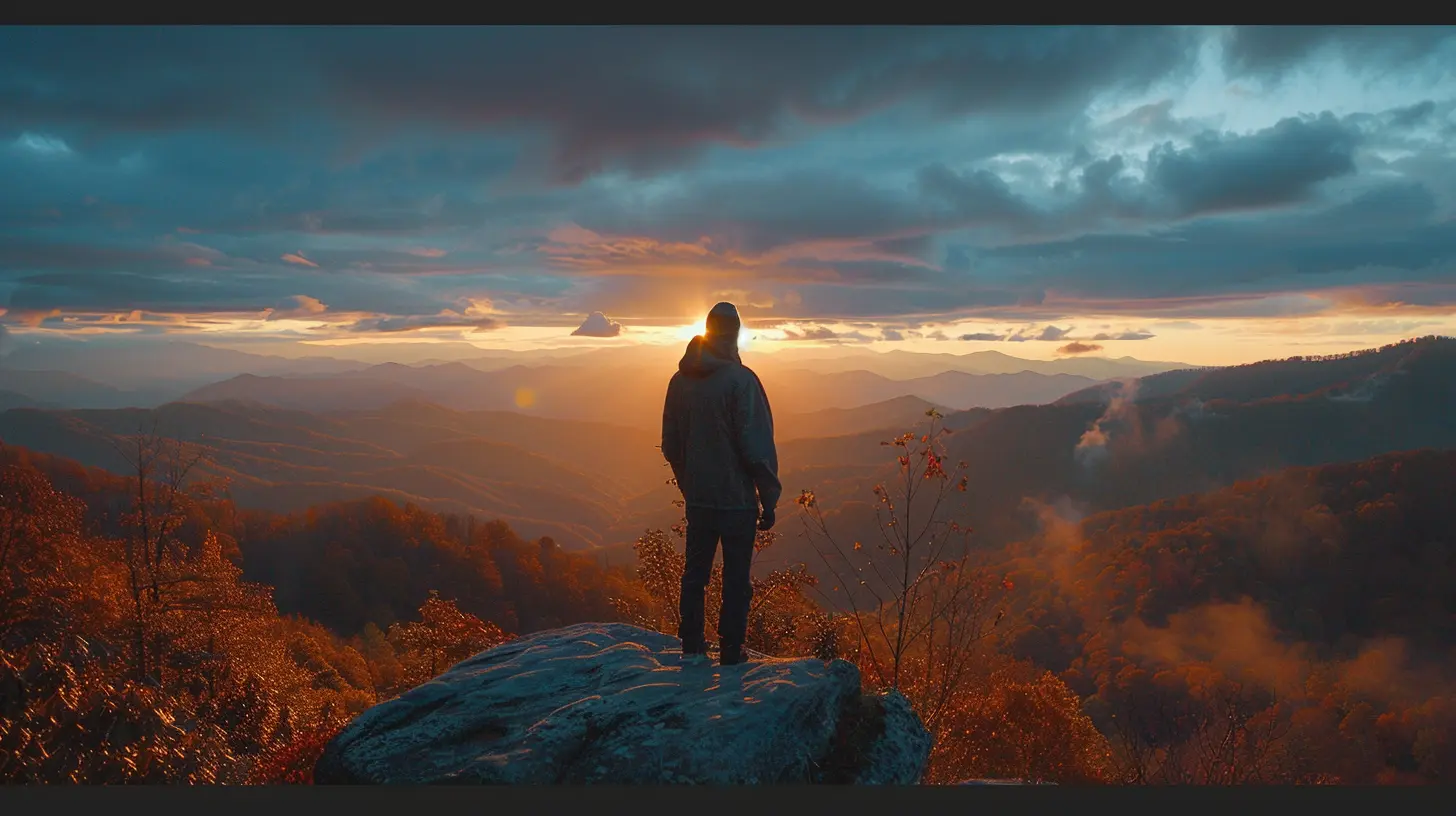
What's With the “Smoky” Name?
Ever stand on a lookout point in the park and notice a bluish mist hanging over everything, as if the forest just finished steaming from a hot bath? That’s the “smoky” part in action. The misty appearance comes from millions of trees emitting natural hydrocarbons. These mix with moisture and sunlight to create that dreamy, bluish fog. It’s like the mountains are exhaling.It’s not just eye candy either — that mist has helped give the Smokies their signature mystical vibe. It’s no wonder artists, writers, and daydreamers have been drawn to this region for decades.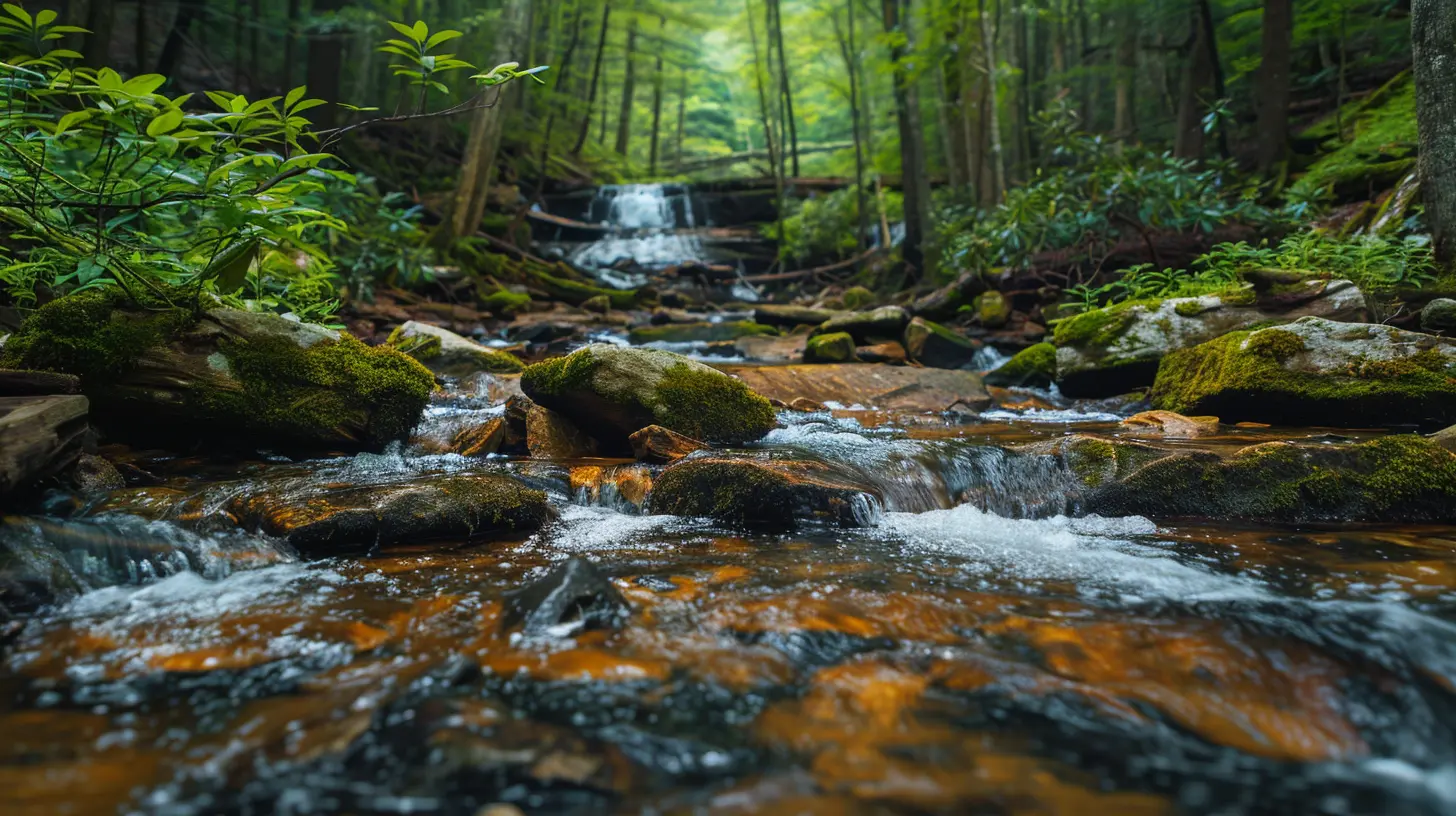
Biodiversity Like No Other
One of the most jaw-dropping facts about the Great Smoky Mountains? The sheer abundance of life packed into this one park. We're talking:- Over 19,000 documented species, including 200 types of birds, 67 mammals, and 80 kinds of reptiles and amphibians
- More tree species than all of Europe
- More salamander species than any other place on Earth
Yeah, it’s like Noah’s Ark decided to park itself right here.
Scientists believe there could be up to 100,000 undiscovered species still lurking in the coves and creeks of the park. From fireflies that sync up their blinks like a light show to elusive black bears that call the park home, the Smokies are a hotspot for folks who geek out over nature.
Must-See Spots Inside the Smokies
Alright, let's get practical. If you’re planning a visit, you're in for a treat. Here are a few iconic places you absolutely shouldn't miss:Clingmans Dome
At 6,643 feet, it's the highest peak in the park. The panoramic views at sunrise or sunset? Bucket list-worthy. Be prepared for a bit of a hike to the observation tower — your calves might scream, but your eyes will thank you.Cades Cove
This wide, scenic valley is like stepping into a living postcard. You’ve got historic log cabins, churches from the 1800s, and wildlife galore. Pro tip: Hit the loop early in the morning for your best shot at spotting deer, black bears, and wild turkeys.Roaring Fork Motor Nature Trail
Want to see gushing waterfalls, old-growth forests, and charming cabins all from the comfort of your car? This one-way loop road is your jam. Pull over often — the roadside stops are where the magic happens.Abrams Falls
It's no Niagara, but Abrams Falls is loved for its thunderous roar and inviting pool at the bottom. Just don’t jump in — currents are stronger than they look!Seasons in the Smokies: When Should You Go?
Honestly? There’s no bad time to visit. But each season has its own charm:- Spring bursts with wildflowers — over 1,500 types can be seen.
- Summer offers lush greenery and perfect hiking weather.
- Fall? Oh man, the colors explode like a firework show made entirely of leaves.
- Winter brings a serene, snow-dusted calm, ideal for quiet contemplation or photographing frosty landscapes.
If you hate crowds, aim for early spring or late fall weekdays. Want to see peak foliage? Mid-October is your golden window.
Local Culture and Mountain Folklore
The Smokies don’t just offer natural beauty — they dish out a hearty side of Appalachian culture. Think bluegrass music, wood carving, quilting, moonshine-making (yes, that’s still a thing), and storytelling that’ll send shivers down your spine.You’ll hear ghostly tales of ghost lights, haunted cabins, and mysterious creatures in the woods — kind of like Southern versions of Bigfoot. Whether you believe in the supernatural or not, it’s fun to lean in and imagine the legends coming to life among the shadows.
Hiking, Camping & Wildlife Watching Tips
There’s a trail for every level here — from "I just want pretty views without sweating" to "I'm training for Everest."Hiking Tips:
- Don’t underestimate the Smokies — even short hikes can turn challenging.- Stick to marked trails; going off-path isn’t just unsafe, it’s illegal.
- Bears are real and adorable (from a distance). Keep food stored properly and never feed wildlife.
Camping Tips:
- Book months in advance during peak season.- Choose between backcountry camping (for adventure junkies) and front-country campgrounds (for families or first-timers).
- Bring layers — mountain weather flips moods fast.
Visiting with Family? Here's What to Know
Yes! The Smokies are super family-friendly. There are nature programs for kids, easy drives for those with mobility issues, and picnic spots with mesmerizing views. Plus, nearby towns like Pigeon Forge and Gatlinburg offer everything from Dollywood to quirky museums.Kids love the Junior Ranger Program — a fun way to learn and earn a badge while exploring.
How Tourism Helps (and Hurts)
Let’s be real — 12+ million visitors a year isn’t all smooth sailing. Increased tourism boosts local economies but also puts pressure on trails, wildlife, and the environment. Littering, overcrowding, and trail erosion are real problems.So, what can you do?
- Pack out what you pack in.
- Stay on designated trails.
- Respect wildlife (especially the bears — seriously).
- Support local and eco-friendly businesses.
It’s all about leaving the park better than you found it, or at least not worse.
The Smokies in Pop Culture
From country songs and classic novels to Hollywood films like “A Walk in the Woods,” the Smokies have carved out a space in American pop culture. Their mystique, beauty, and soul-deep history continue to inspire creatives from all walks of life.Even Dolly Parton, Tennessee’s beloved hometown icon, grew up nearby — and her love for the Smokies has influenced her music and her much-loved theme park, Dollywood.
So, Why Are the Smokies So Popular?
Let’s break it down:- They're free to enter.
- They’re easy to get to.
- They span multiple states.
- They're insanely photogenic.
- They offer something for everyone — hikers, campers, couples, families, and nature nerds alike.
But maybe the real reason? The Smokies feel timeless. Walk through a fog-filled valley at dawn, and it’s like you’ve stepped out of your busy life into a slower, simpler world. One where stories live in the rocks, the trees whisper old secrets, and the mountains truly feel, well... great.
all images in this post were generated using AI tools
Category:
National ParksAuthor:

Reed McFadden
Discussion
rate this article
2 comments
Sarah McCartney
The Great Smoky Mountains offer breathtaking landscapes and rich biodiversity. However, its popularity can lead to overcrowding. Plan your visit wisely to enjoy the park’s natural beauty without the hustle of peak tourist seasons.
November 18, 2025 at 4:05 AM

Reed McFadden
Thank you for your insightful comment! Planning ahead is key to fully experiencing the Great Smoky Mountains' stunning beauty while avoiding the crowds.
Falkor McLean
What a delightful journey through the Great Smoky Mountains! Your insights beautifully capture the park's charm and allure. It’s a must-visit destination for nature lovers and adventurers alike. Thank you for sharing!
July 25, 2025 at 4:16 PM

Reed McFadden
Thank you for your kind words! I'm glad you enjoyed the journey and the insights into the Great Smoky Mountains. It truly is a remarkable place!

